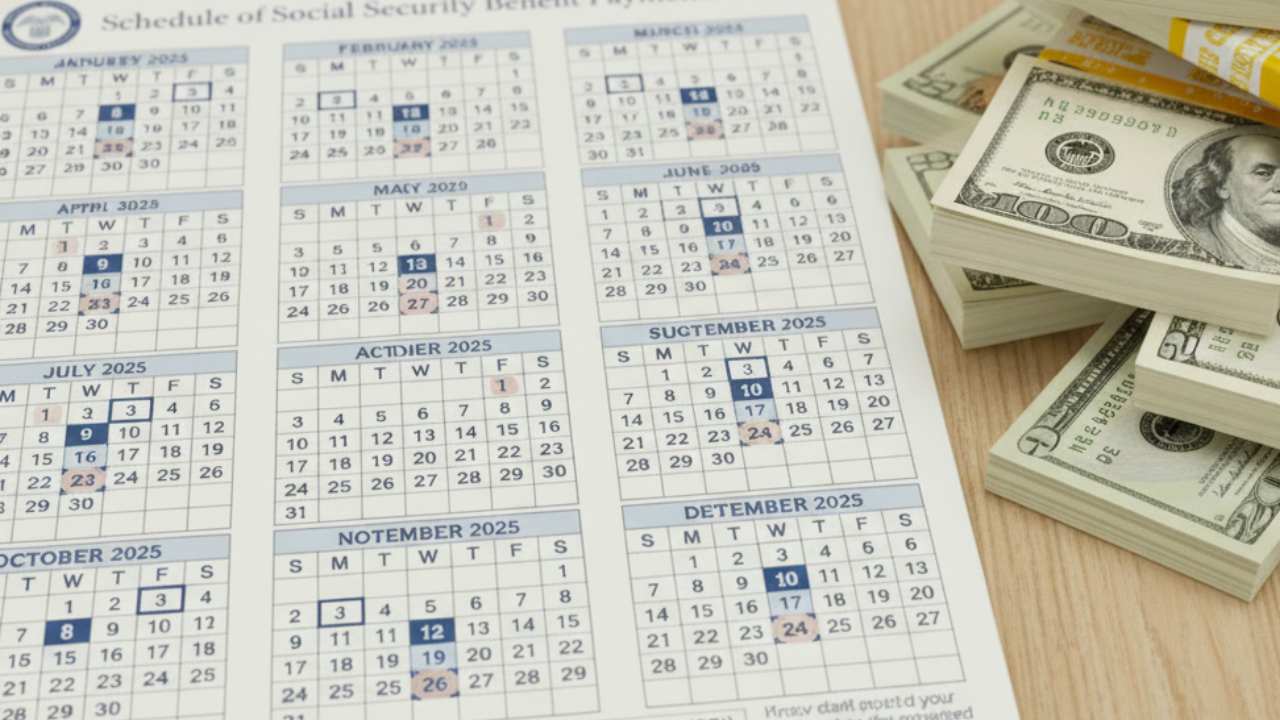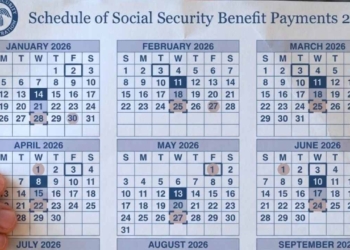Millions of retirees and people with disabilities in the United States will receive their Social Security payments this week, according to the schedule set for October 2025, and these include Social Security Disability Insurance (SSDI)
The SSDI are payments for workers that, due to a disability, are no longer in the capability to perform a regular work that will bring them income for their living expenses. It must be differentiated from other programs, as the retirement benefits or the SSI benefits.
The SSDI schedule: dates confirmed by the SSA
The beneficiaries whose birthdays are between the 1st and 10th of the month will receive their benefits this Wednesday, October 8th, which corresponds to the second Wednesday of the month.
Continuing with this payment schedule, it is based on the beneficiary’s date of birth. For those whose birthdays are between the 11th and 20th of the month, the bank deposit date will be October 15th,
Finally, those born between the 21st and the last day of the month will receive their funds on October 22nd.
The Social Security Administration (SSA) recommends that those who do not receive their payment by the expected date allow three additional business days before contacting the agency to file a claim for late payment.
Changes in SSI Payments: How They Affect SSDI Disability Benefits
This month is characterized by an atypical situation for Supplemental Security Income (SSI) beneficiaries, who will receive two disbursements : one on October 1st and the other on the 31st of the same month, because November 1st is a Saturday the law requires advance payments to a business day in these cases.
Don’t worry, though, because this schedule doesn’t affect regular retirement or disability SSDI payments, which continue to be distributed normally based on your date of birth.
Who is eligible for SSDI in 2025: updated requirements
Social Security Disability Insurance is a contributory program, meaning that a person can receive it as long as they have paid Social Security taxes for a minimum number of years. It is intended for workers who, due to a disability, are unable to continue performing substantial gainful activity in SGA. The requirements that must be met are as follows:
Work Requirements Work Credits: Generally, you must have earned 40 work credits, 20 of which must have been earned in the last 10 years before your disability began. Younger workers may qualify with fewer credits.
In 2025, you earn one credit for every $1,810 of income, with a maximum of four credits earned annually. Medical
Definition of Disability: You must have a medical condition that prevents you from engaging in any substantial gainful activity SGA, which for 2025 is defined as earning more than $1,620 per month 2,700 if you’re blind. Your condition must be severe enough to last at least 12 consecutive months or result in death, and must be included in the official SSA list of impairments known as “The Blue Book”.
Evaluation Process: The SSA uses a five-step process to evaluate your disability, which includes determining whether you are working, whether your condition is ‘severe,’ whether it is on the list of disabling conditions, and whether you can perform the work you were doing before or any other work.
How much to expect from the SSD
The maximum amount a person claiming SSDI payments can receive is $4,018 maximum valid until December 2025, and this payment becomes a permanent retirement payment, which the beneficiary will receive for life from that point forward.







